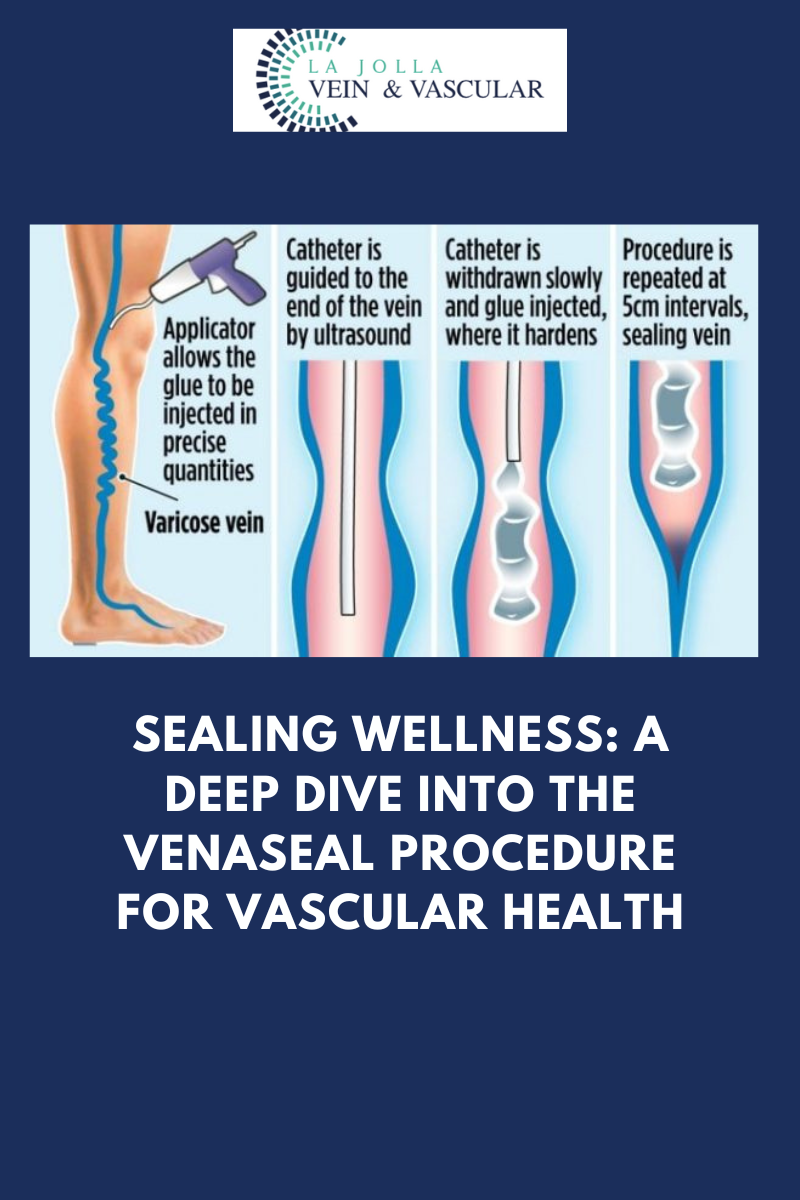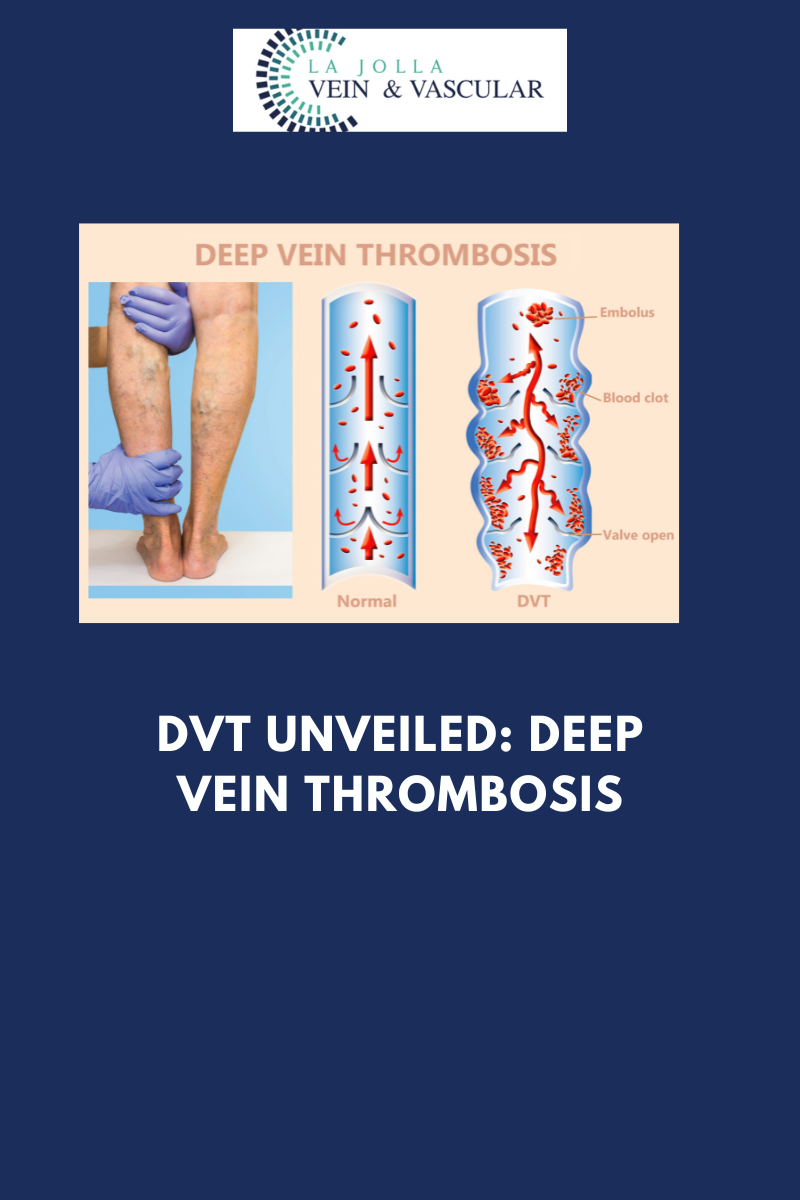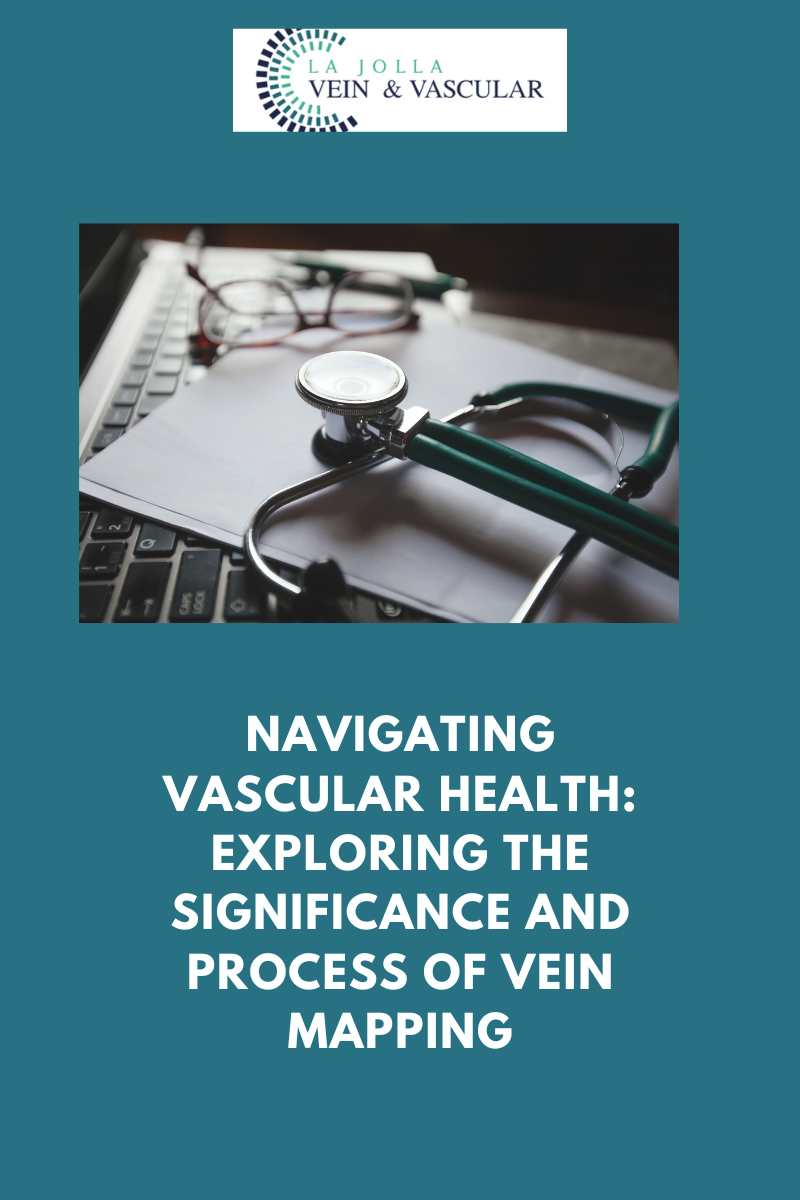3 Venous Reflux Disease Treatments for underlying vein reflux

3 Venous Reflux Disease Treatments for underlying vein reflux:
The ClariVein procedure
When someone is diagnosed with underlying vein reflux disease, the ClariVein procedure is for the treatment of backwards flow (or “reflux”) in your saphenous vein(s). The great and small saphenous veins are the two main superficial veins of the leg. They run along the inner leg and the back of the leg, respectively.
This minimally invasive procedure can be performed in the office in less than an hour and patients return to their usual level of activity the same day.
How does the treatment work?
The skin is numbed with lidocaine, then the ClariVein® catheter is placed into the unhealthy vein. The catheter closes the vein painlessly by delivering two treatments:
Mechanical treatment with a tiny rotating wire.
Chemical treatment with polidocanol. Polidocanol is a detergent-type sclerosant medication that is commonly used in varicose vein treatment.
This technique is highly effective in closing the vein and only requires one skin puncture, similar to placing an IV.
In the video linked here, Dr. Bunke discusses the ClariVein® procedure for vein reflux disease. The other video shows how the treatment is done. We offer many other videos on our YouTube channel. After care instructions can be found on our website under the patient resources tab.
ClosureFast an endovenous radiofrequency ablation (RFA) procedure
The procedure is for the underlying diagnosis of vein reflux disease, which can cause a backward flow of blood (or “Venous reflux”) in your saphenous vein(s). The great saphenous veins and small saphenous veins are the two main superficial veins of the leg. They run along the inner leg and the back of the leg, respectively. This minimally invasive procedure can be performed in the office in less than an hour and patients usually return to their usual level of activity the same day.
How does the treatment work?
The skin is numbed with lidocaine, then a tiny wire and the Closurefast® catheter are inserted into the vein. The catheter delivers radio-frequency energy to the vein wall, causing it to seal shut. The remaining healthy veins continue to bring blood back to the heart.
What is Varithena?
Varithena® is a “microfoam” formulation of polidocanol (sclerosing agent) and CO2. The result is a microfoam that has an appearance and consistency similar to white, foamy shave cream. Ultrasound guidance is used to inject Varithena® microfoam into the vein. The microfoam fills the lumen for circumferential contact where it’s designed to displace blood and destroy the endothelial lining efficiently.





